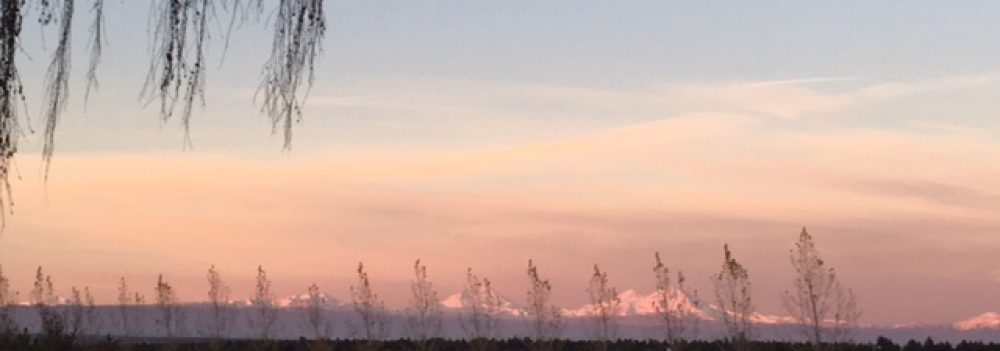This winter has given us a few dabs of snow. Our High Desert area and Mountain playgrounds are very thankful for the moisture. However, these snow occasions can have a repercussion on your lawn grass. This will mainly show up as Snow Mold.
The University of Minnesota Extension website page about lawn diseases speaks well to identifying snow mold. The following are excerpts from the article titled, “Snow Molds in Lawns.” “Snow mold is a fungal disease that appears in early spring as the snow melts. Fungal growth begins in the winter, beneath a cover of snow on unfrozen ground. Growth can take place at temperatures slightly below freezing and may continue after snow melt, as long as the grass remains cool and wet. Gray snow mold activity stops when the temperature exceeds 45 degrees (Fahrenheit) or the surface dries. Symptoms first appear in the lawn as circular, straw colored patches when the snow melts in the spring. These patches continue to enlarge as long as the grass remains cold and wet. Grass within the patch often has a matted appearance and colored fungal growth.”
It is very important to try and get the snow off the grass. Then the first step to take after identifying snow mold in your lawn is to rake the area(s). The goal is to stand up the grass as much as possible. When it lays over on itself the grass blades get matted together and slimy. Follow your normal schedule in the spring of aerating and/or thatching and fertilizing starting around the middle to the end of March. As soon as our weather and ground dries up a bit, along with opening your ground up, your grass will recover and begin to regrow. The thing about snow mold is it affects the grass blades, but not the root system. This allows the turf grass to recover once the steps above are followed.
For future reference, it is always good to go into winter with your grass mowed short. When you are mowing for final clean-ups in your yard in the fall, drop the mower down lower than you are used to. This will help keep the grass blades from laying over on themselves and matting together, which will aid in the growth of snow mold, should Central Oregon see another snowy winter next year.
[/av_textblock]
